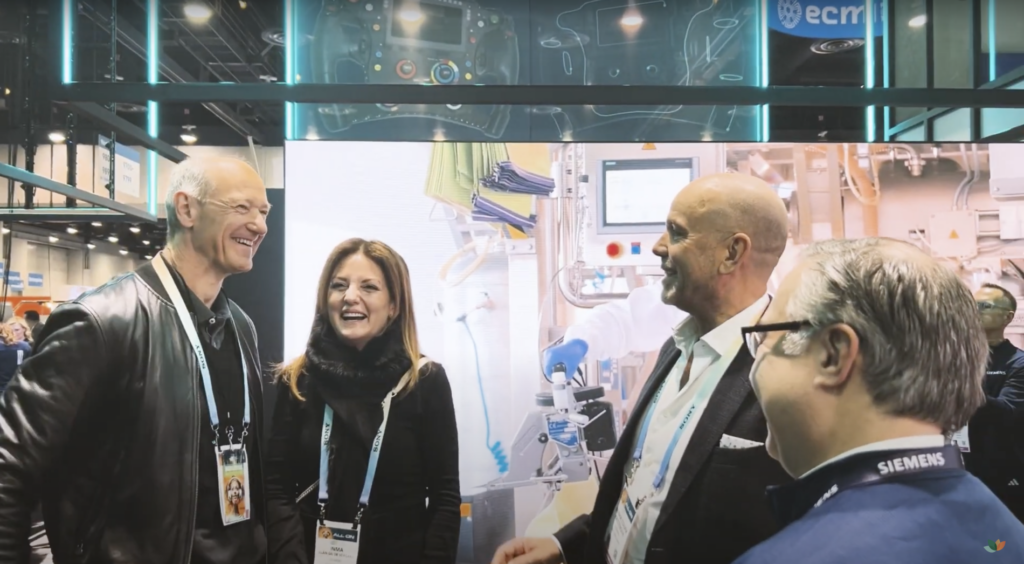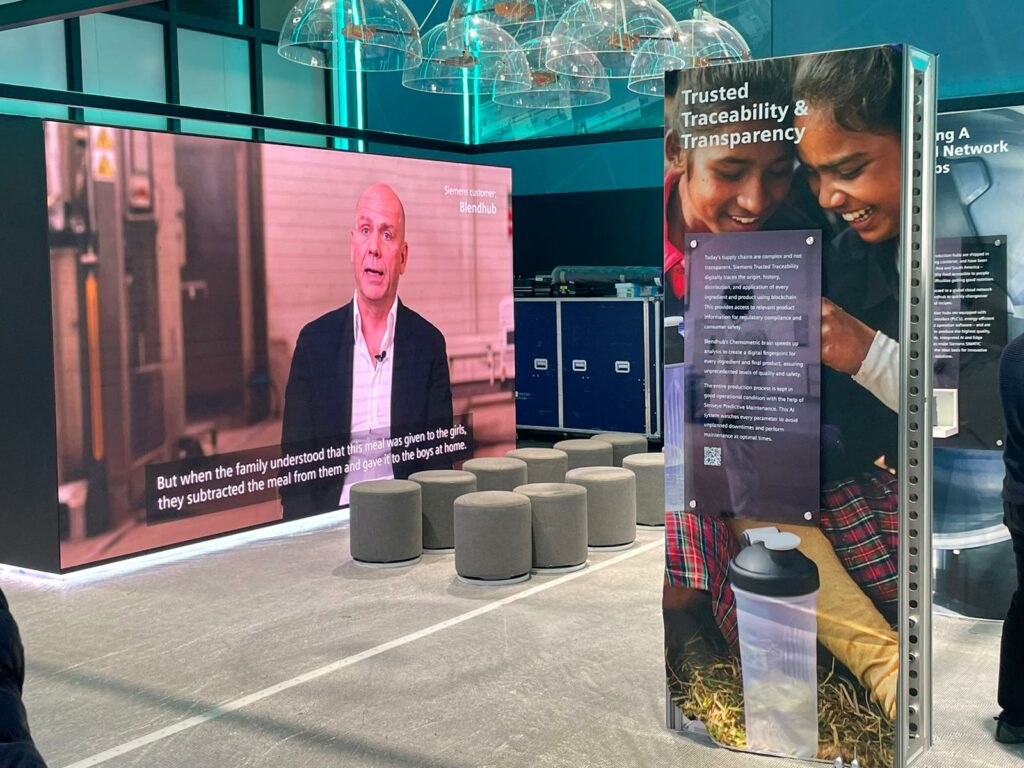In the article I have linked here, Rita Gunther McGrath, author of The End of Competitive Advantage and professor at Columbia Business School, lists six signs to detect a broken innovation program. The Open Innovation model can be a good alternative to correct some of them.
Signs of a broken innovation program
- Episodic innovation: Innovation processes are invented from nothing and normally depend on the whims of senior people or small groups. It can come from outsider groups who go behind the typical organizational rules. Or, very occasionally, form leaders, especially when they realize that the existing business has started to become commodities or less competitive. Normally innovators are squashed when they become a threat to the existing cash cows.
- The Innovation process is invented from scratch: Enthusiastic leaders and collaborators invent new processes and turn to management practices created ad-hoc. On the contrary, they should analyze what works and what doesn’t, and get valuable lessons.
- Resources are held hostage by incumbent business: Today’s successful business may not be tomorrow’s. However, some managers are still not taking risks. They invest money in current fading, possibly dying, businesses instead of using resources in expanding or creating new value.
- Innovations are force-fitted into existing structures: These structures were created for effectiveness, but are usually not very useful in developing innovation. Innovation, normally, comes from the edges.
- Applying the same criteria to evaluate an innovation and the core business: This means not taking risks because the same mechanisms are applied to predictable things and to things, like innovation, that are not predictable.
- Insisting on the venture meeting plan: This is a mistake, according to Gunther McGrath, because in the beginning of an innovation process it is typical to work with conjectures. Additionally, the ideas that really work often started as something entirely different.
Some Open Innovation solutions
- Incorporate a structured process of innovation, which leverages external knowledge and fresh ideas.
- Taking advantage of the learning processes of collaborators and partners to develop new processes of ideation, incubation and implementation.
- Replacing a focused look at existing business by an open one, that allows to be alert to new opportunities and markets to direct the resources.
- Open structures to foster creativity and to help to come up with new ideas
- Open Innovation is a good mechanism to take on new risks in a more controlled and less-risky way.
- It is also a way to integrate multiple points of view to implement ideas, products and services, and even processes.



